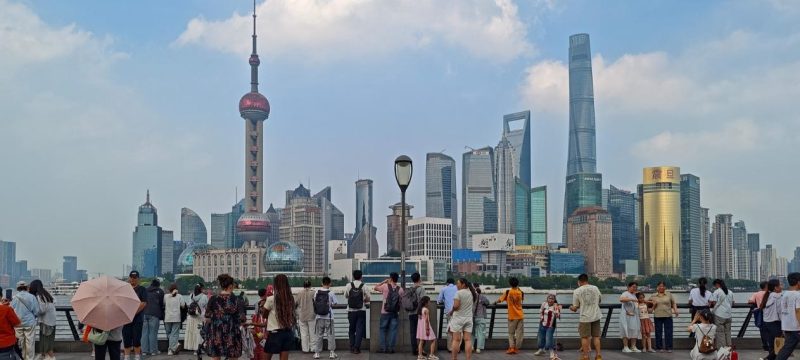As China prepares to launch its 15th Five-Year Plan (2026–2030), the government has made its intentions clear — the country is opening its doors wider than ever before. Commerce Minister Wang Wentao announced sweeping reforms aimed at deepening openness, accelerating innovation, and strengthening global partnerships.
Expanding Market Access and Global Integration
Under the new plan, China will further liberalize its service sector, with upcoming expansions in value-added telecommunications, biotechnology, healthcare, education, and culture. For the first time, wholly foreign-owned hospitals will be permitted, signaling a shift toward deeper international participation in key domestic industries.
China also intends to enhance its trade and investment frameworks, promoting green and digital trade, and improving cross-border service systems. The government is expected to launch more pilot programs that allow international firms to test new business models and technologies within China’s vast and dynamic market.
Innovation and Sustainability at the Core
A central pillar of the new Five-Year Plan is innovation-driven growth. From artificial intelligence (AI) and clean energy to digital transformation, China aims to position itself as a global hub for technological experimentation and green development.
Wang Wentao emphasized that China’s development strategy is not about competition, but collaborative progress. “The Belt and Road is not a solo performance, but a chorus,” he remarked, highlighting the nation’s intent to pursue shared prosperity through cooperation rather than zero-sum rivalry.
A Vision for a Smarter, Greener Future
The broader objective of the plan is to transform China’s enormous domestic market into a testing ground for global innovation — a place where businesses can develop, pilot, and scale next-generation products and solutions.
With an emphasis on sustainability, openness, and digital modernization, the 15th Five-Year Plan seeks to lay the foundation for high-quality growth that benefits not only China but its international partners as well.
In other news also read about Is China Really the Victim? Inside Beijing’s New Narrative On the U.S. Trade War









